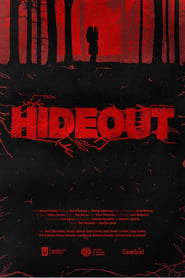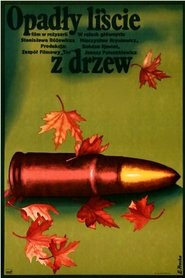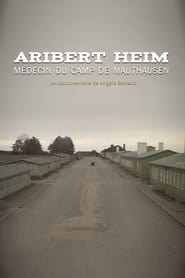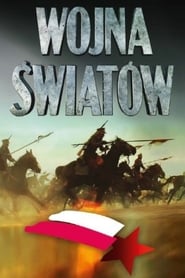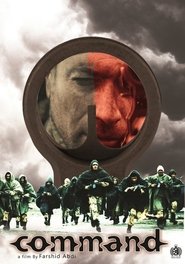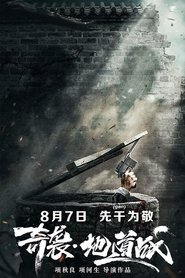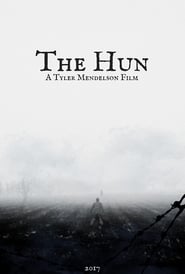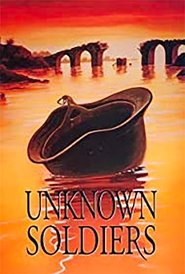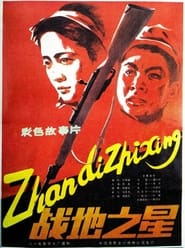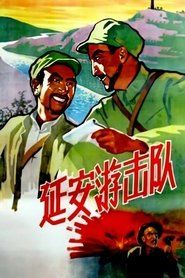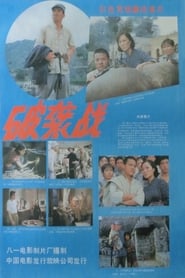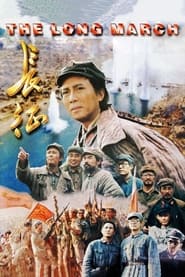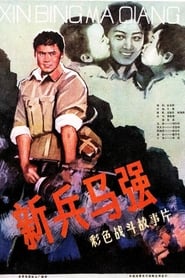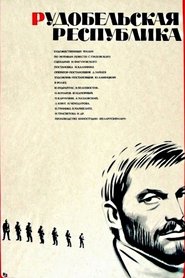Top Rated War Movies on Tub Tv - Page 316
-
Hideout
2020
Hideout
2020
star 7Ukraine, 1946. Orest, commander of an insurgent squad, is in a hideout together with his pregnant wife Eva and several fighters. The NKVD surrounds the insurgents. The captain of the commissariat squad gives Orest a choice: he either gives Eva out or accepts an unequal fight. -
The Leaves Have Fallen
1975
star 5Two years after the war, during a train trip, Henryk (20) recollects the occupation period. He passes different train stations and recollects various situations from the past: his family life, working in a garage, guerrilla warfare, the fear that accompanied him every day. He’s looking at the travellers’ faces, including the ones who have survived the war. -
Wojna światów
2020
Wojna światów
2020
star 7The documentary film is based on reconstructed archival films of the 1920 Polish-Soviet war, which ended in one of the greatest military successes of the Polish nation. The film also uses radio recordings, accounts of participants and witnesses to the events, as well as archival material testimony that has survived to our time: photographs, orders and records of secret reports. Polish Television carried out a digital reconstruction of century-old, previously unpublished archival films, including those from Soviet Union, France, Great Britain, the Czech Republic, Hungary and the USA. -
Command
2019
Command
2019
star 10A soldier is struggling to obey his duty or listen to his heart during a military operation. -
Rabbit Hole
2020
Rabbit Hole
2020
star 4During the WWII Japanese invaders carried out a "sweep" on the Jizhong Plain. Progressive young man Ye Cheng returned from studying in Peiping and joined the tunnel construction in the native village. Faced with incomprehension and doubt, under the leadership of Political Commissar Ma, Ye Cheng became the new leader for villagers -
The Hun
2018
The Hun
2018
star 10During the late stages of World War I, a young American soldier, Private MacDonald, has just become his company's new message runner. Facing imminent German advances, MacDonald and his brothers in arms mentally prepare for the onslaught. The Hun portrays metaphorical themes in the fog of war through storytelling and myth, which can only amount to the reality; war is hell. -
Unknown Soldier
1995
Unknown Soldier
1995
star 6In 1943, a group of Italian and Allied soldiers find themselves trapped inside an abandoned villa. When they discover that they are in fact dead and that the villa is the starting point of their journey into afterlife, each character tells his life story, united in the belief that they have died unjustly in a senseless war. The youngest, whose wife is expecting a child, wants to return to the world. -
A Walk Home
2019
A Walk Home
2019
star 1The scene is set in the year 1944, wartime Fukuoka, Japan. The Japanese Imperial Army are cornered. They decided to send students to the battlefield. On his way home from a draft check, Kanji, who is hiding his gayness, agonizes over whether he should declare his feelings for his friend Sakunosuke, who is leaving for the front lines tomorrow. -
Dark River
1974
Dark River
1974
star 5Small Polish village straight after WWII. Young man Zenek injured and awarded with Cross of Valour during partisan fight is torn between staying loyal to his partisan comrades (continuing their fight) and his own beliefs. -
Battle Star
1983
-
延安游击队
1961
-
The Hunter
2005
The Hunter
2005
star 10Shanzi 's father is an experienced hunter. Under his father's influence, Shanzi became a skilled marksman. The Japanese came, massacred his village, and brutally killed his family, the sixteen year old boy became an orphan. One day, a Japanese broke into the trap set by him. He snatched the enemy's gun but was blocked by Eighth Route Army soldiers. After some twists and turns, he joined the Eighth Route Army. He thought that if he joined the army, he would be able to fight Japanese invaders and avenge his parents, but the army commander disarmed him and sent him to the cooking class to follow Lao Jiaodong. One day, the squad was tasked to cover a large force. However, this was a very dangerous mission. The sudden invasion of the Japanese plunged the squad into a bitter battle. They were forced in a desperate situation, at the moment of life and death, Lao Jiaodong sacrificed his life to save Shanzi. From then on, he became a lone hunter trying to take on the Japanese by himself. -
Dog King
1993
Dog King
1993
star 1After his wolfdog Hailong sacrifices himself and saves his family from an explosive trap, Erlin takes Hailong's pups to the army so that they can be trained as military dogs to fight the Japanese. -
Bombies
2001
Bombies
2001
star 10Between 1964 and 1973 the United States conducted a secret air war, dropping over 2 million tons of bombs and making tiny Laos the most heavily bombed country in history. Millions of these 'cluster bombs' did not explode when dropped, leaving the country massively contaminated with 'bombies' as dangerous now as when they fell 30 years ago. Bombies examines the problem of unexploded cluster bombs through the personal experiences of a group of Laotians and foreigners and argues for their elimination as a weapon of war. Unfortunately they are still a standard part of the US arsenal and were dropped in Kosovo, Afghanistan and Iraq. -
Po xi zhan
1986
-
The Long March
1996
The Long March
1996
star 7The Red Army breaks through the three defense lines by the Kuomintang and approaches the Xiangjiang River with the correct judgment and command by Mao Zedong, -
Ma Qiang a New Soldier
1981
star 8.5A recruit grows up quickly in the army and becomes a mature soldier. -
蛇谷奇兵
1989
-
Rudobel Republic
1972
Rudobel Republic
1972
star 5.5Former Wachmister Alexander Solovey receives a task from the Bobruisk Revolutionary Committee to organize the defense of Soviet power in the village of Rudobelka (Polesie) from the onslaught of Germans, Poles and White Guards...
 Netflix
Netflix
 Amazon Prime Video
Amazon Prime Video
 Apple iTunes
Apple iTunes
 Apple TV Plus
Apple TV Plus
 Disney Plus
Disney Plus
 Google Play Movies
Google Play Movies
 Paramount Plus
Paramount Plus
 Hulu
Hulu
 HBO Max
HBO Max
 YouTube
YouTube
 fuboTV
fuboTV
 Peacock
Peacock
 Peacock Premium
Peacock Premium
 Amazon Video
Amazon Video
 The Roku Channel
The Roku Channel
 AMC+
AMC+
 Kocowa
Kocowa
 Hoopla
Hoopla
 The CW
The CW
 Vudu
Vudu
 Starz
Starz
 Showtime
Showtime
 PBS
PBS
 Pantaflix
Pantaflix
 FXNow
FXNow
 Tubi TV
Tubi TV
 Kanopy
Kanopy
 Comedy Central
Comedy Central
 Crunchyroll
Crunchyroll
 Microsoft Store
Microsoft Store
 Redbox
Redbox
 Sun Nxt
Sun Nxt
 ABC
ABC
 DIRECTV
DIRECTV
 Crackle
Crackle
 Fandor
Fandor
 Plex
Plex
